The Real-Deal Guide to a Low-Stress, Greener Home (No Green Thumb Required)
Over the years, I’ve spent a lot of time in every kind of green space you can imagine, from huge commercial greenhouses to designing plant layouts for quiet offices. And I’ve noticed a pattern. People are pulling plants into their lives for more than just a pop of color. They’re looking for a connection, for a bit of living nature to soften the hard edges of modern life. There’s a ton of chatter online about plants that relieve stress, but honestly, most articles just throw a list at you and call it a day.
In this article
My goal here is different. I want to give you the practical, real-world knowledge on how to pick the right plants for your home and care for them in a way that actually adds to your peace, not your to-do list. It’s not about finding one single magic plant. It’s about understanding why certain plants work, how to match them to your space, and how the simple act of caring for them can become a relaxing ritual. This is the stuff that matters.
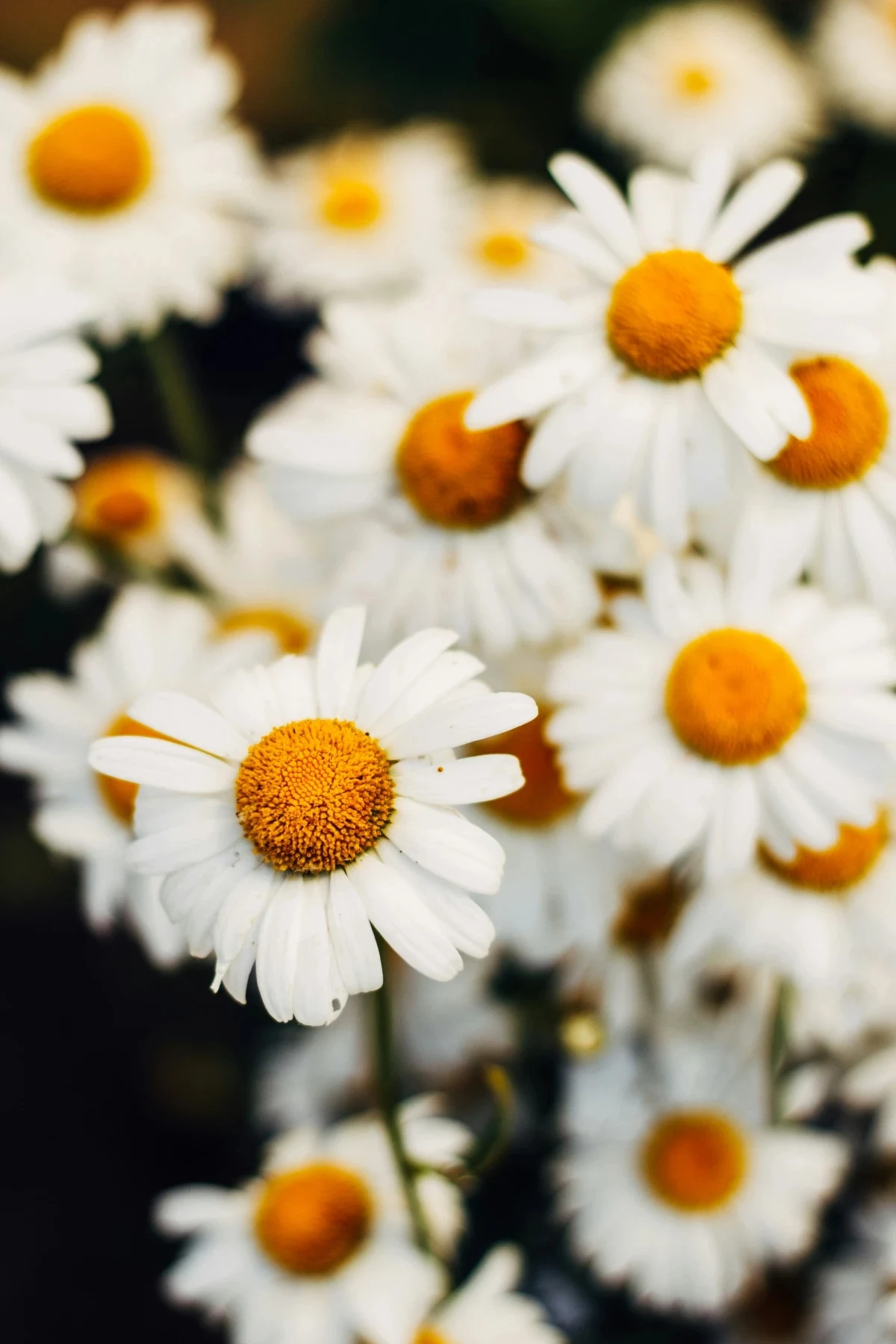
Why Plants Genuinely Make Us Feel Better
Before we get into picking out your new green friends, it helps to know what’s going on in the background. It’s not just a vibe; there are solid reasons why being around plants can have a noticeable effect on our mood and health.
Our Built-In Love for Nature
Deep down, our brains are wired to find comfort in nature. It’s a concept some call biophilia, but all it really means is that for most of human history, we lived surrounded by green. A lush environment signaled safety, water, and food. So when you bring a plant into your home, you’re basically giving your ancient brain a little signal that says, “Everything is okay here.” This simple act can genuinely help lower blood pressure and reduce cortisol, our main stress hormone. It’s a quiet, background hum of wellness that works even when you’re not thinking about it.
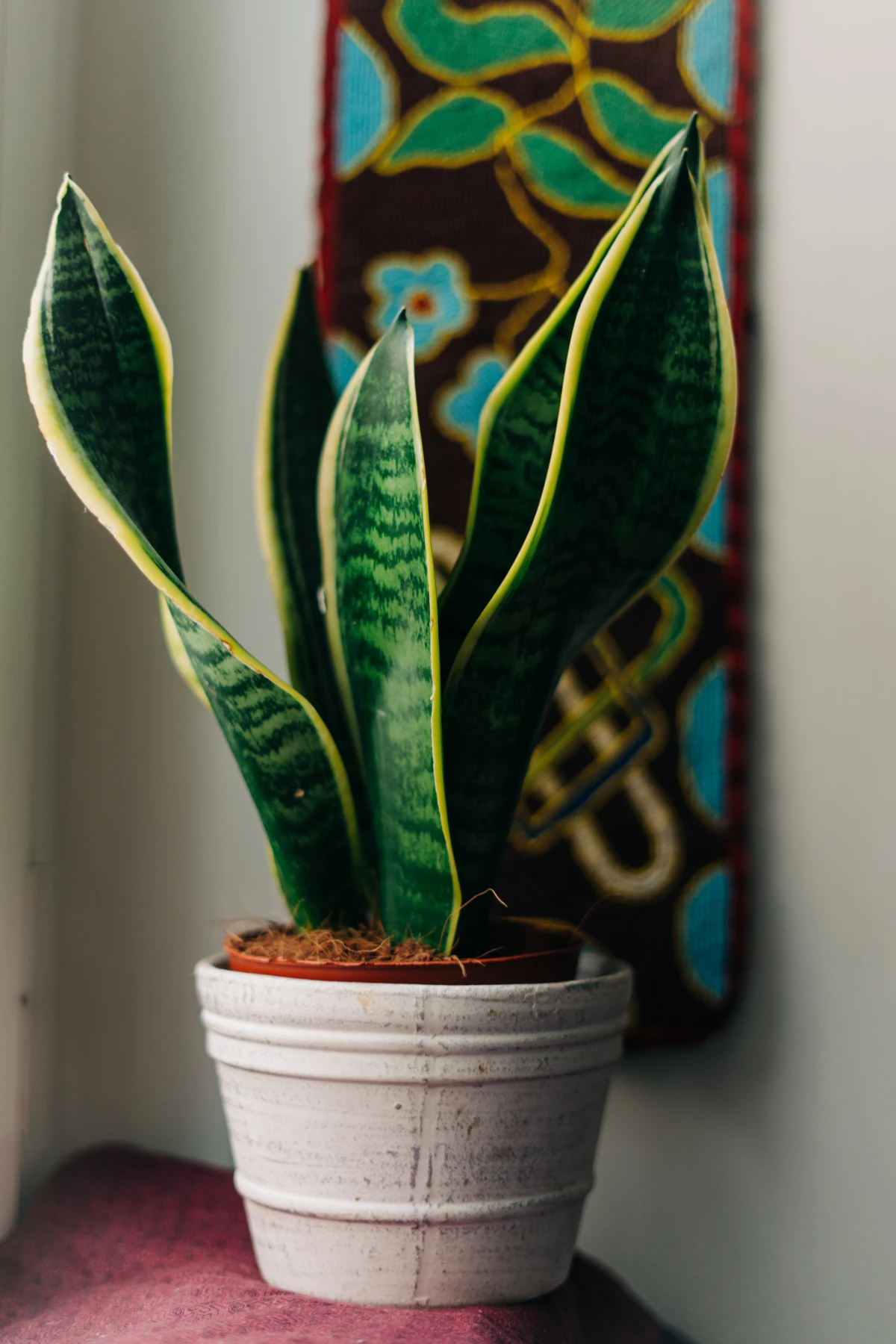
The Honest Truth About Air Quality
You’ve probably heard about a famous study on air purification that showed common houseplants could scrub toxins from the air. It found that plants could remove volatile organic compounds (VOCs)—nasty stuff released from furniture, paint, and cleaners that can cause headaches. But here’s the real talk on that: your home isn’t a sealed laboratory. To get the same powerful results, you’d need a literal jungle in your living room.
That doesn’t mean they do nothing, though! Think of houseplants less as heavy-duty air purifiers and more as gentle, constant air fresheners. Every healthy plant is quietly absorbing carbon dioxide and releasing oxygen. Some, like the Peace Lily and Snake Plant, are particularly good at grabbing other airborne gunk. Over time, a few healthy plants absolutely improve your home’s overall air quality. Plus, plants release water vapor, which can gently raise the humidity in a dry, centrally-heated home. That means less dry skin and fewer scratchy throats. It’s a subtle but definite win.
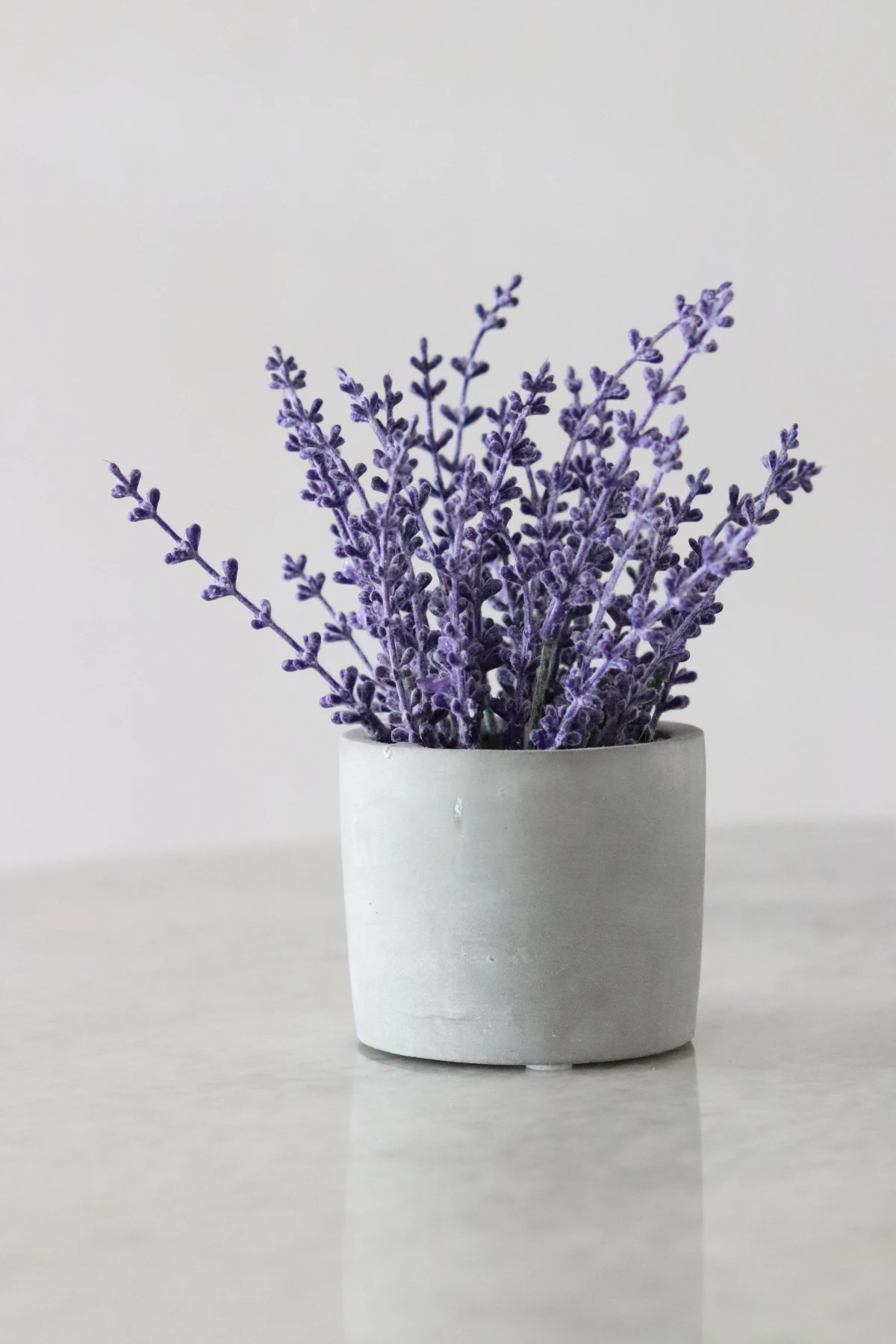
How to Choose Plants Like a Pro
The single biggest mistake I see people make is buying a plant on impulse because it looks perfect in the store. A struggling plant is a source of stress, not relief. The most important step happens before you go shopping.
First, Play Detective in Your Own Home
Take a day to observe your home. You need to know your conditions, especially light. “Bright, indirect light” is a common tag, but what does it really mean? Let’s break it down.
- Direct Sun: This is when the sun’s rays are hitting the plant for 4+ hours. Think of a south-facing window or an unobstructed west-facing one. It’s intense, and honestly, most houseplants will get scorched here.
- Bright, Indirect Light: The sweet spot. The room is bright for at least 6 hours, but the sun isn’t directly blasting the leaves. This is usually near an east-facing window or a few feet back from a south or west window.
- Medium Light: The spot gets some light, but it’s not super bright all day. Think further into a room or near a north-facing window.
- Low Light: You could read a book here, but it’s dim. A corner far from a window or a hallway fits this description. Few plants thrive here, but some can tolerate it.
Quick tip: Hold your hand about a foot over the spot you’re considering. A sharp, well-defined shadow means bright light. A softer, fuzzy shadow means medium light. A barely-there shadow means low light.

Be Honest About Your Habits
Now, be real with yourself. Are you the type to fuss over things, or do you want something that thrives on neglect? Matching a plant’s needs to your personality is the secret to a happy, low-stress relationship.
Where to Shop and What to Look For
Okay, you know your light and your lifestyle. Now, where do you buy? You’ve got options, each with pros and cons.
- Big-Box Stores (like Home Depot or Lowe’s): You’ll find great prices here, often getting a 6-inch plant for $15-$25. The downside is that the plants can be stressed from inconsistent care, and the staff might not have expert advice.
- Local Nurseries: This is my favorite option for beginners. The plants are usually healthier, and the staff are knowledgeable. You’ll pay a bit more, maybe $25-$40 for a similar-sized plant, but you’re paying for quality and advice.
- Online Shops: The variety is incredible, but it’s a bit of a gamble. Shipping can be rough on a plant, so be prepared for a little recovery time.
Heads up! Before you buy ANY plant, give it a quick health check: Look under the leaves for tiny webs or bugs. Check the soil surface for any mold or little flies. Avoid plants with lots of yellow or brown, mushy leaves. A healthy plant is a great starting point.
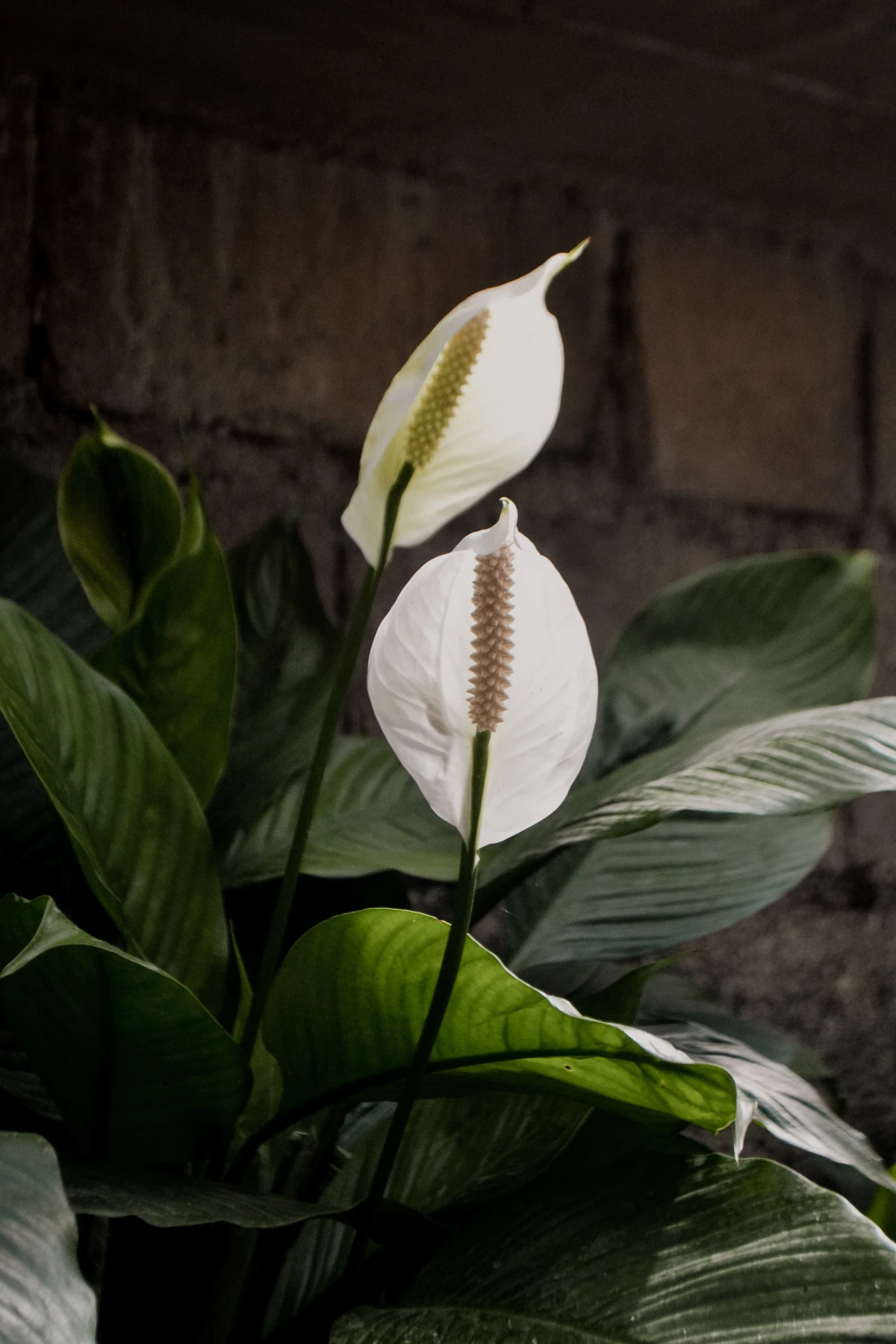
A Quick Word on Pots and Soil
This is a huge stumbling block for new plant parents. You can’t just use any pot! A drainage hole at the bottom is NON-NEGOTIABLE. Plants hate sitting in a puddle of water; it causes their roots to rot. If you fall in love with a decorative pot that doesn’t have a hole, use it as a “cachepot”—just slip the plastic nursery pot with the plant inside it.
By the way, the pot material matters. Terracotta pots are porous and let soil dry out fast, which is perfect for drought-lovers like succulents and Snake Plants. Glazed ceramic or plastic pots hold moisture longer, which is better for thirsty plants like ferns and Peace Lilies.
My Go-To Plants for a Calmer Vibe
Here are a few reliable plants, with all the details you actually need to succeed. I’ve grown all of these and can vouch for their true nature.
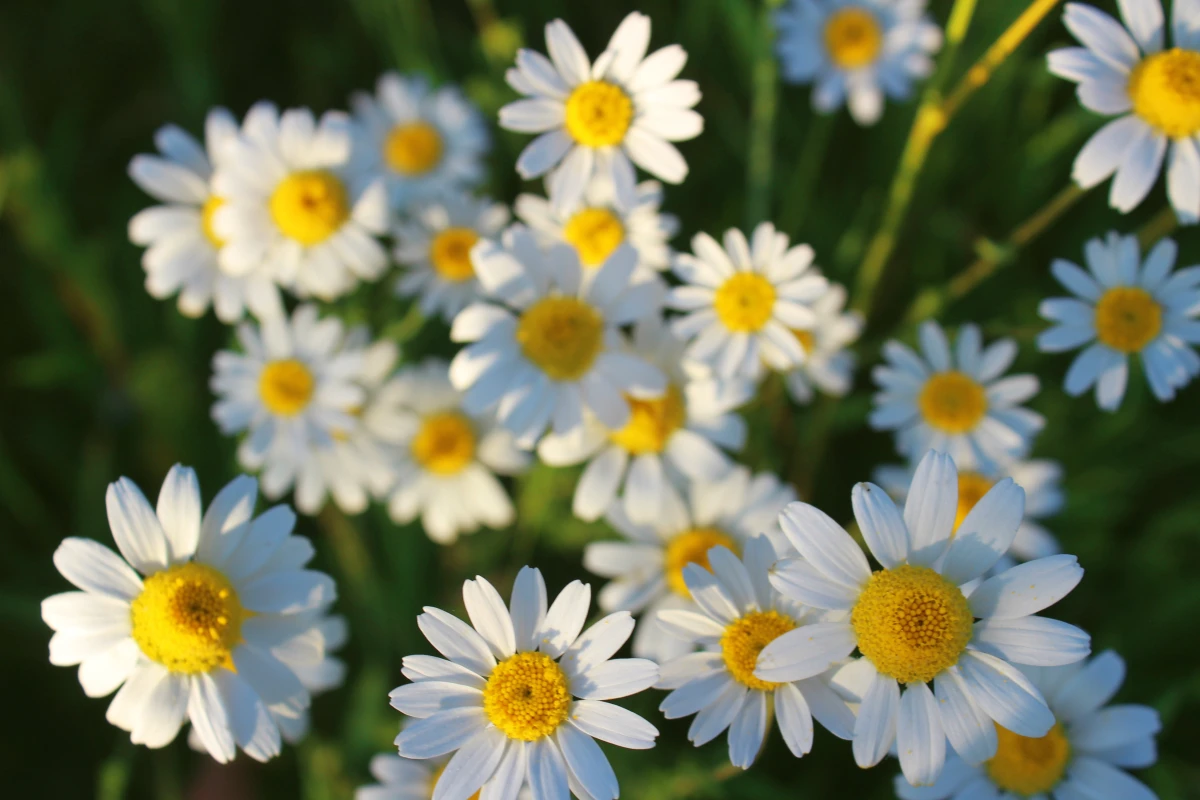
1. The Snake Plant
This plant is tough as nails. I recommend it to beginners all the time because success with your first plant is a massive confidence booster.
- Why It’s Calming: Its main benefit is that you just don’t have to worry about it. It removes the stress of plant ownership. It’s also a great air purifier that releases oxygen at night, making it perfect for a bedroom.
- Real-World Care: It demands good drainage. I use a mix of half regular potting soil and half cactus/succulent mix. Let the soil get completely bone dry between waterings—this could be every 3-4 weeks in medium light, or even longer in low light. When you water, soak it until water runs out the bottom, then let it drain completely. It tolerates low light but will look its best in medium to bright, indirect light.
- Typical Cost: $15 – $30 for a 6-inch pot.
- Safety Note: Mildly toxic if chewed on, so keep it away from curious pets and kids.
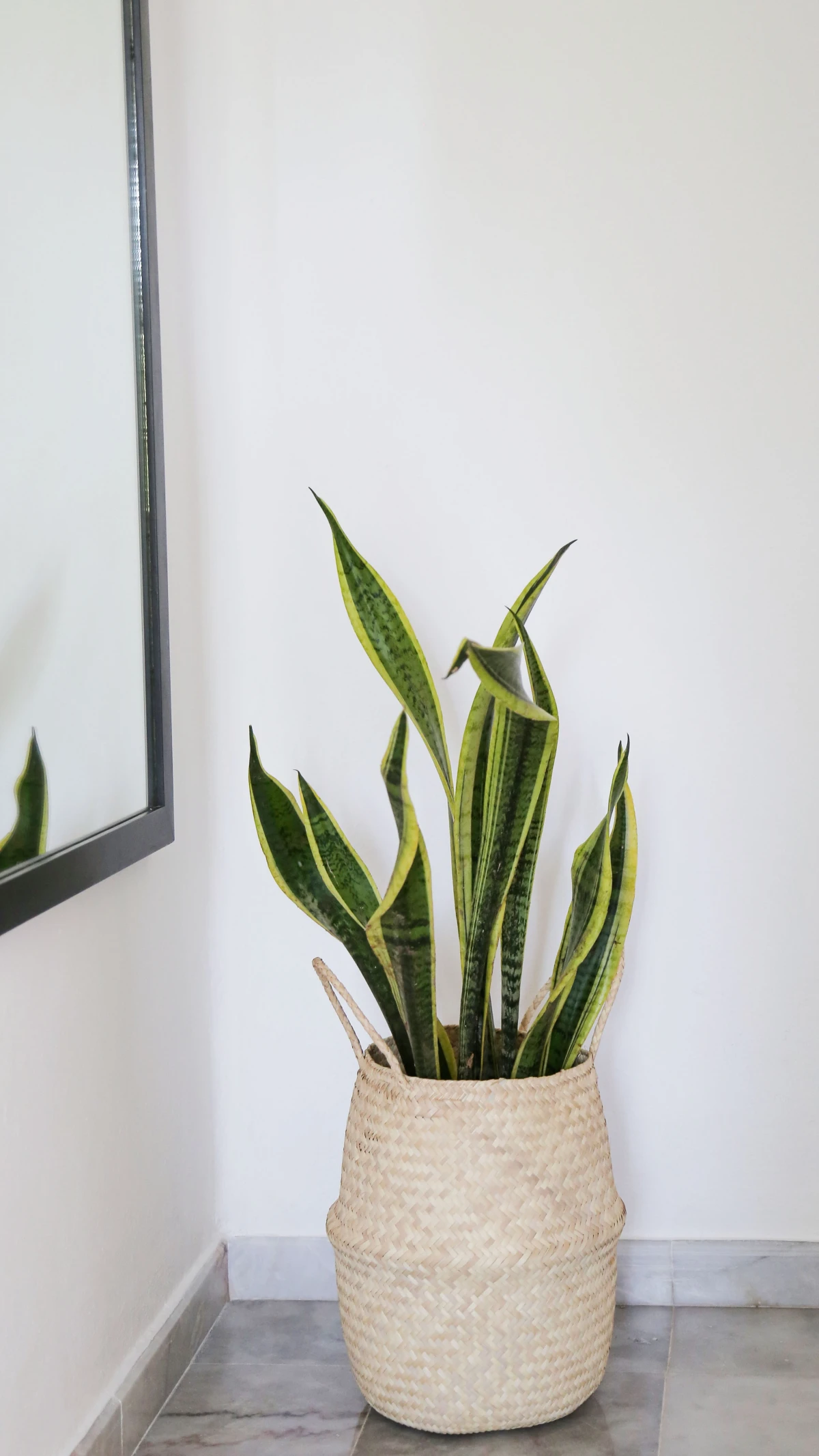
2. The Peace Lily
A true classic. Its deep green leaves and elegant white flowers (which are actually a special kind of leaf) bring a sense of grace to any room.
- Why It’s Calming: It’s a fantastic communicator. The leaves droop dramatically when it’s thirsty, taking all the guesswork out of watering. Seeing it perk back up an hour after a good drink is incredibly satisfying. It’s also a top-rated air-purifying plant.
- Real-World Care: I can’t tell you how many Peace Lilies I killed with tap water early in my career before I realized they’re sensitive to the chemicals! If you see brown, crispy leaf tips, it’s either low humidity or your water. Try using filtered or distilled water. Water thoroughly when the top inch of soil is dry or when you see that first little droop. They prefer medium, indirect light; too much sun will scorch their leaves.
- Typical Cost: $20 – $35 for a 6-inch plant that’s ready to flower.
- Safety Note: This is a big one. It’s toxic to cats and dogs. If you have pets that chew on plants, this is not the one for you.
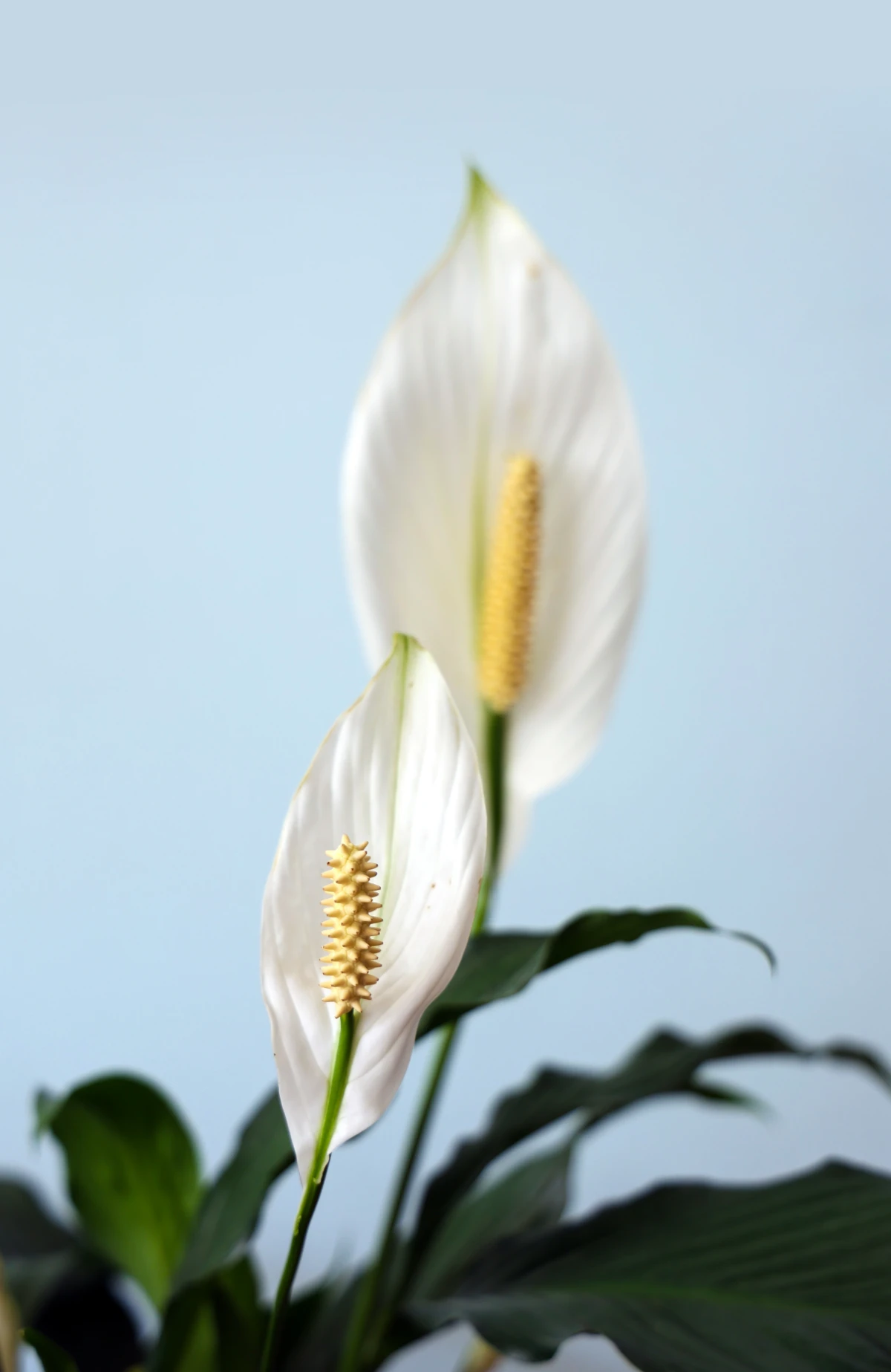
3. The ZZ Plant
If the Snake Plant is nearly indestructible, the ZZ Plant is its twin. It’s gorgeous, with waxy, dark green leaves, and it genuinely thrives on neglect.
- Why It’s Calming: Just like the Snake Plant, it removes the anxiety from plant care. Its slow, steady growth is reassuring, and its upright shape adds a nice, structured feel to a space.
- Real-World Care: It stores water in underground potato-like things called rhizomes, so it’s extremely drought-tolerant. Water it only when the soil is completely dry—maybe once a month, or even less. It’s better to forget to water this plant than to remember too often. It’s a true low-light champion but does fine in medium light too. Just keep it out of direct sun.
- Typical Cost: Can be a bit pricier. Expect to pay $25 – $45 for a decent-sized one.
- Safety Note: All parts are toxic if ingested, so place it where pets and kids can’t get to it.
4. The Spider Plant
A wonderfully cheerful and forgiving plant. It’s fun, easy, and gives back.
- Why It’s Calming: The real joy comes from the little “spiderettes” or baby plants that dangle from the mother plant. It’s so easy to snip one off, pop it in water to root, and then pot it up. Sharing the babies with friends is a genuinely rewarding activity.
- Real-World Care: A general-purpose potting mix is fine. Water when the top inch or two of soil is dry. They can get brown tips from fluoride in tap water, but it’s usually just a cosmetic issue. They love bright, indirect light.
- Typical Cost: Very affordable! Usually $10 – $20 for a full, hanging basket.
- Safety Note: Completely non-toxic, making it a fantastic and worry-free choice for homes with pets and children.
A Note on Scented Plants like Lavender…
Everyone wants that calming lavender scent indoors, but I have to be honest: growing it inside is a recipe for stress. It’s an outdoor plant that needs 6-8 hours of direct, blazing sun every day to survive. For most homes, it’s just not feasible. A much better idea? Try a scented geranium, like a Rose-Scented Geranium. It has a lovely fragrance when you brush against the leaves, and it’s much more tolerant of indoor life, though it still needs a very sunny window.
Dealing With Problems (Because It Happens)
Sooner or later, every plant owner deals with pests. It is not a sign of failure! It’s just nature. The key is to catch things early during your weekly check-in.
A common issue is fungus gnats—those annoying little flies that buzz around your plants. They love damp soil. Here’s a simple, three-step plan to get rid of them:
- First, let the top few inches of your soil dry out completely between waterings. This is where they lay their eggs.
- Get some yellow sticky traps. You can find them online or at any nursery for about $5-$8. They work wonders to catch the adult flies.
- For a bad infestation, water the plant once with a mixture of one part 3% hydrogen peroxide to four parts water. It sounds wild, but it’s safe for the plant and kills the larvae in the soil.
Final Thoughts: It’s About the Ritual
Creating a calmer home with plants is a journey, not just a shopping trip. It starts with understanding your space, grows as you pick the right green companions, and truly blossoms through the quiet, mindful ritual of caring for them. The real stress relief comes not from one magic plant, but from the green, living system you thoughtfully create and nurture.
Start small. Choose one or two easy plants from this list. Learn their rhythms. Enjoy their quiet presence. The calm will follow, not just from the plants themselves, but from the simple, rewarding act of helping something thrive.
Inspirational Gallery
The right pot makes all the difference. The material you choose isn’t just about looks; it affects your watering routine. Terracotta: This classic porous clay breathes, wicking moisture from the soil. It’s perfect for succulents, snake plants, and anyone prone to overwatering. Glazed Ceramic or Plastic: These non-porous pots retain moisture much longer. They’re a great choice for thirsty plants like ferns and calatheas, or for anyone who tends to forget to water.
A study from the University of Hyogo in Japan found that simply having a small plant on your desk and looking at it for a few minutes can significantly reduce anxiety levels.
Beyond just looking green, some plants offer a direct olfactory path to calm. The subtle, earthy scent of a Boston Fern after watering, the gentle perfume of a Hoya in bloom, or the clean fragrance of a lemon balm plant when you brush against its leaves can act as a natural, low-key form of aromatherapy throughout your day. It’s a sensory layer that deepens the connection to the nature in your home.
Wondering if your plants are getting the right amount of light?
Forget complicated apps. Try the hand-shadow test. Place your hand about a foot above where your plant will sit. A sharp, clearly defined shadow means ‘direct light’—great for cacti. A softer shadow with fuzzy edges is ‘bright, indirect light,’ the sweet spot for most popular houseplants like Monsteras and Philodendrons. A very faint, barely visible shadow means ‘low light,’ ideal for a ZZ plant or Pothos. Move your hand around during the day to see how the light changes.
- Less guesswork with watering.
- Fewer fungus gnats.
- Healthier, stronger roots.
The secret? Switching to a high-quality, chunky soil mix. Standard potting soil can be too dense, retaining water and suffocating roots. A mix with orchid bark, perlite, and coco coir—like those from brands such as Sol Soils or RePotMe—creates air pockets, promoting drainage and mimicking the natural environment of many tropical plants.
Don’t just place plants; style them. Create a ‘plant vignette’ by grouping three plants of varying heights and textures. A popular designer trick is to follow the ‘thriller, filler, spiller’ rule: an upright ‘thriller’ like a Fiddle Leaf Fig, a bushy ‘filler’ like a Peace Lily, and a trailing ‘spiller’ like a Golden Pothos. This creates a lush, intentional look that’s far more impactful than scattered pots.
The practice of Shinrin-yoku, or ‘forest bathing,’ was developed in Japan in the 1980s and has become a cornerstone of preventive health care and healing in Japanese medicine.
You can create a micro-version of this experience at home. It’s not just about seeing green. It’s about engaging all the senses. Take a moment to feel the waxy leaf of a Hoya, smell the damp earth after watering your Calathea, and listen to the faint rustle of a palm’s fronds. This mindful interaction is where the real stress relief begins.
For pet owners, a peaceful home means ensuring your green additions are safe for your furry companions. Thankfully, you don’t have to sacrifice style.
- The Spider Plant (Chlorophytum comosum) is a classic, non-toxic, and incredibly easy to care for.
- The entire Calathea family, known as ‘Prayer Plants,’ offers stunning, colorful foliage and is perfectly safe for cats and dogs.
- A Parlor Palm (Chamaedorea elegans) adds a touch of tropical elegance without the risk.
When in doubt, the ASPCA’s plant list is an excellent resource to check before you buy.
A budget-friendly secret to a greener home: propagation. You don’t always need to buy new plants. Many of the easiest, most resilient houseplants are also simple to multiply. A single Pothos or Spider Plant can become an endless source of new greenery. Just snip a piece of stem with a few leaves, place it in a jar of water, and watch the roots grow. It’s a rewarding process that lets you fill your home and share with friends for free.
- Gives you a tactile connection to nature.
- Provides a moment of quiet focus.
- A visible reward for your effort.
This isn’t a chore; it’s a ritual. The simple act of wiping down the leaves of your larger plants, like a Monstera deliciosa, with a soft, damp cloth does more than just make them look glossy. It removes dust, which helps the plant photosynthesize more efficiently, and transforms basic maintenance into a meditative practice.










